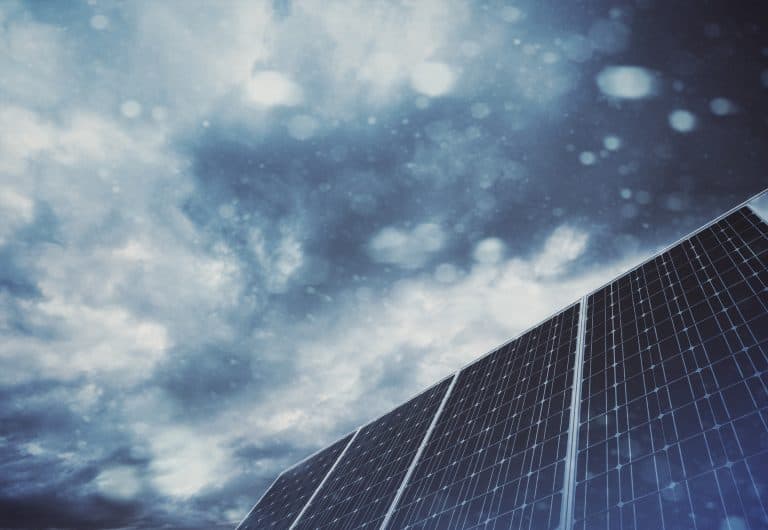Several natural conditions can affect the performance of solar panels. Understanding these factors is important for optimizing the efficiency and output of a solar power system.
- Sunlight Availability: The amount of sunlight a solar panel receives directly affects its performance. Factors such as location, time of day, and weather conditions can influence sunlight availability. Cloudy days, for example, reduce the intensity of sunlight reaching the panels, resulting in lower electricity production.
- Solar Angle: The angle at which sunlight strikes the solar panels has a significant impact on performance. Solar panels are most efficient when the sunlight is perpendicular to their surface. The angle of the sun varies throughout the day and by season, so solar panel mounts and tracking systems are designed to optimize this angle.
- Shading: Shade from trees, buildings, or other obstructions can greatly reduce solar panel performance. Even partial shading of just a few cells on a panel can significantly decrease overall energy production. To mitigate this, shading analysis and proper panel placement are essential.
- Temperature: Solar panels are less efficient at converting sunlight into electricity as they get hotter. High temperatures can reduce their efficiency, and this effect is often described in the temperature coefficient of the panels. Cooler climates tend to be more favorable for solar panel performance.
- Dirt and Debris: Dust, dirt, leaves, and other debris that accumulate on the surface of solar panels can block sunlight and reduce their efficiency. Regular cleaning and maintenance are necessary to keep panels functioning optimally.
- Snow and Ice: In regions with cold winters, snow and ice can cover solar panels, preventing them from generating electricity. Solar panels are designed to shed snow, but sometimes manual removal may be necessary to ensure continued performance.
- Air Mass: The amount of atmosphere that sunlight passes through before reaching the Earth’s surface can affect solar panel performance. This is typically measured as air mass (AM), with AM0 representing direct sunlight in space and AM1 representing sunlight at sea level. Panels are tested and rated at AM1.5 conditions, which are considered typical for terrestrial solar installations.
- Dust and Pollution: Airborne particles, such as dust and pollution, can accumulate on the surface of solar panels and reduce their efficiency. This is more of a concern in urban or industrial areas with higher levels of pollution.
- Humidity: While not a major factor, humidity can slightly affect solar panel performance. Extremely humid conditions can cause a reduction in electrical output due to increased electrical resistance.
- Hail and Storm Damage: Severe weather events like hailstorms or heavy winds can physically damage solar panels, reducing their performance or even rendering them inoperable.
To optimize solar panel performance, it’s important to consider these natural conditions during system design, installation, and ongoing maintenance. Proper site assessment, panel orientation, shading analysis, and routine cleaning can help ensure that a solar power system operates at its maximum potential.


